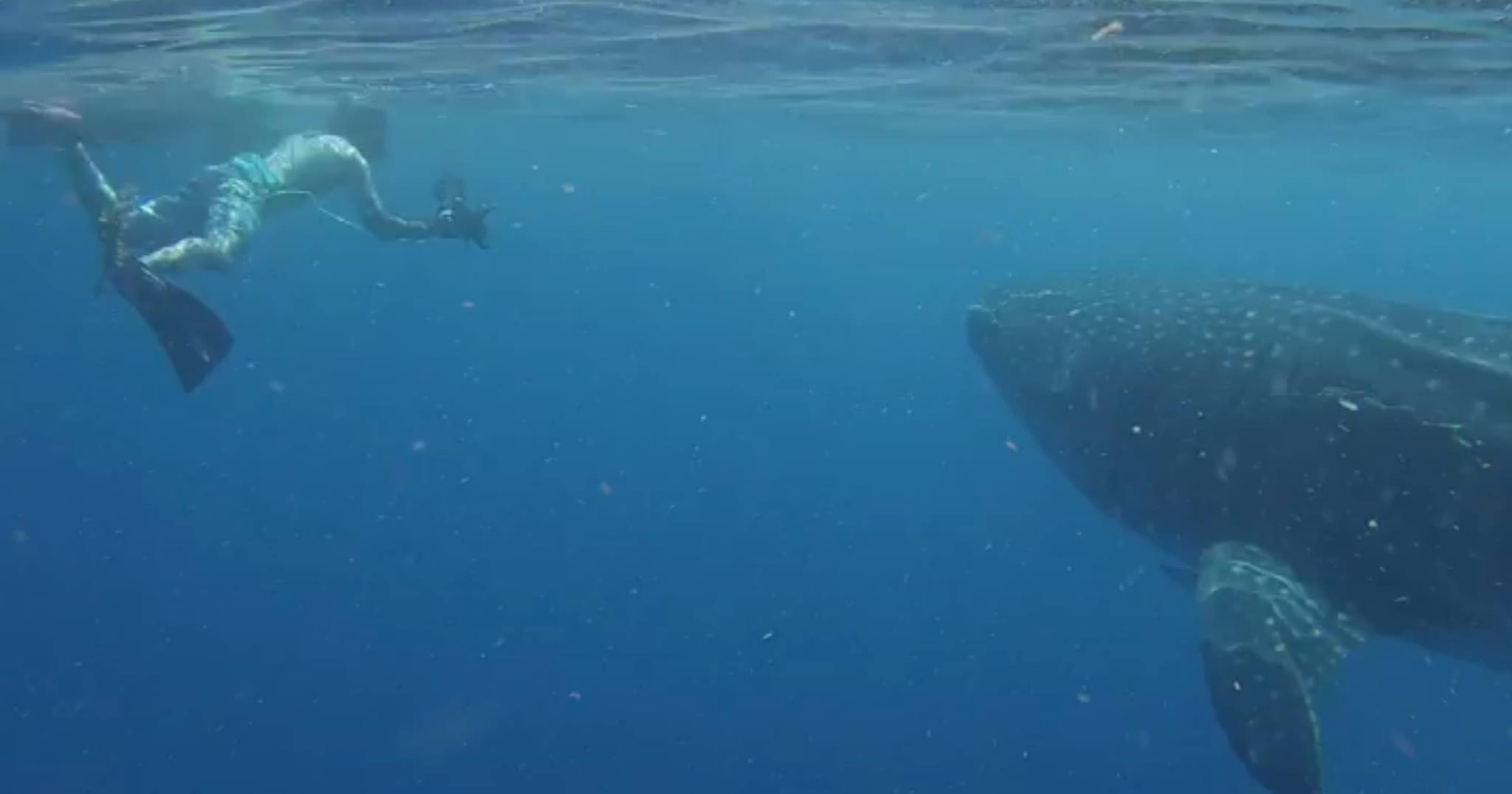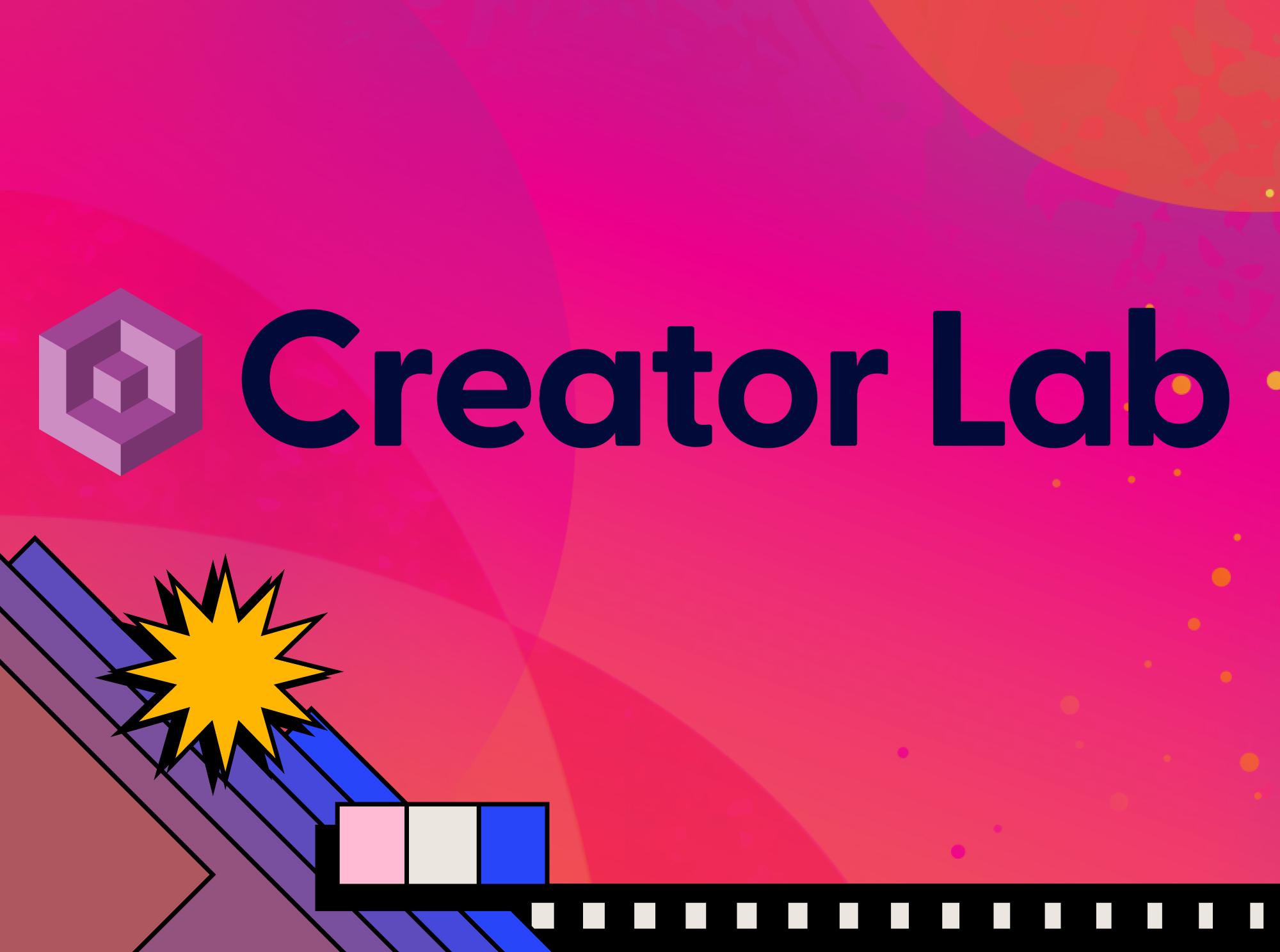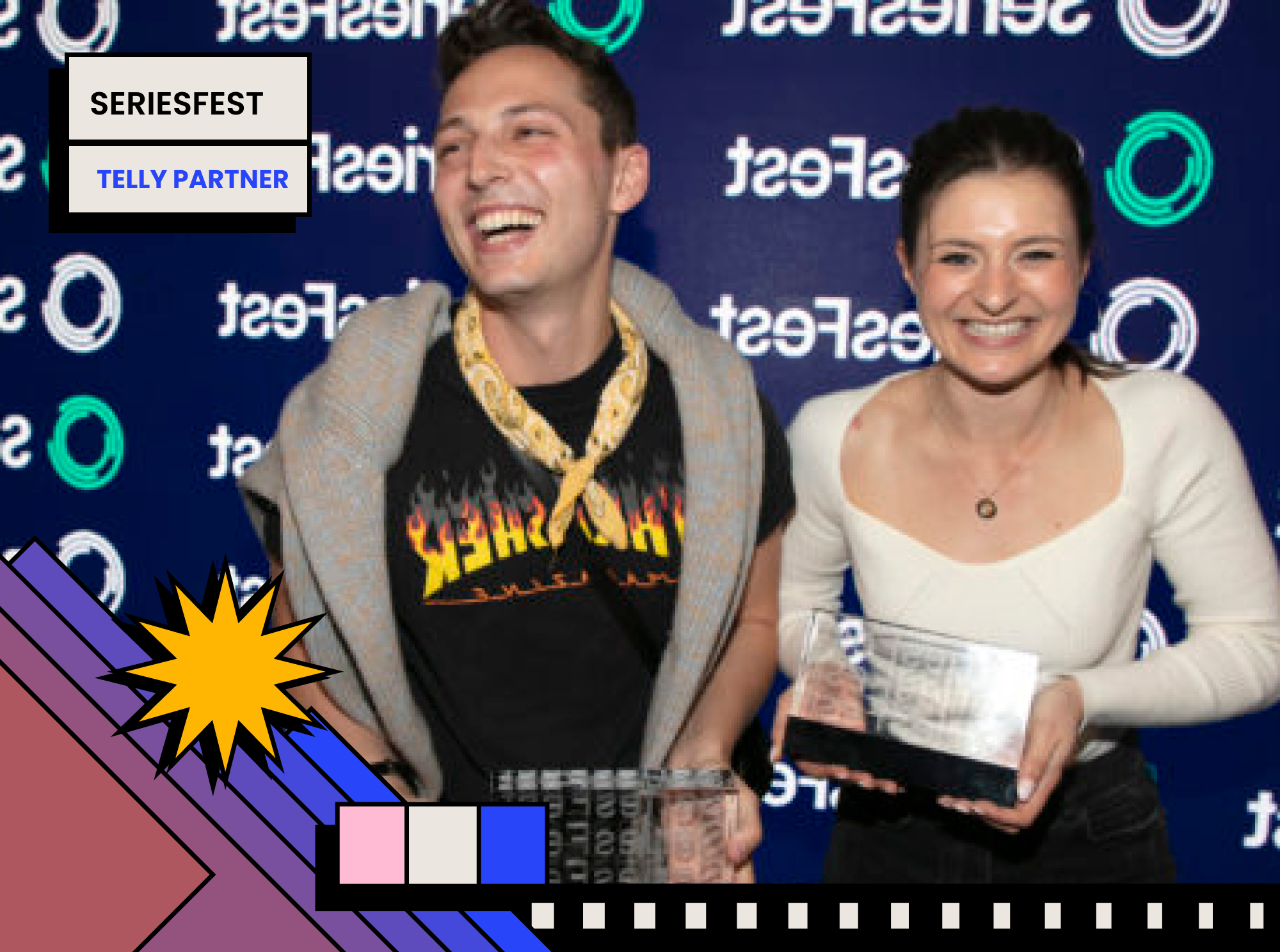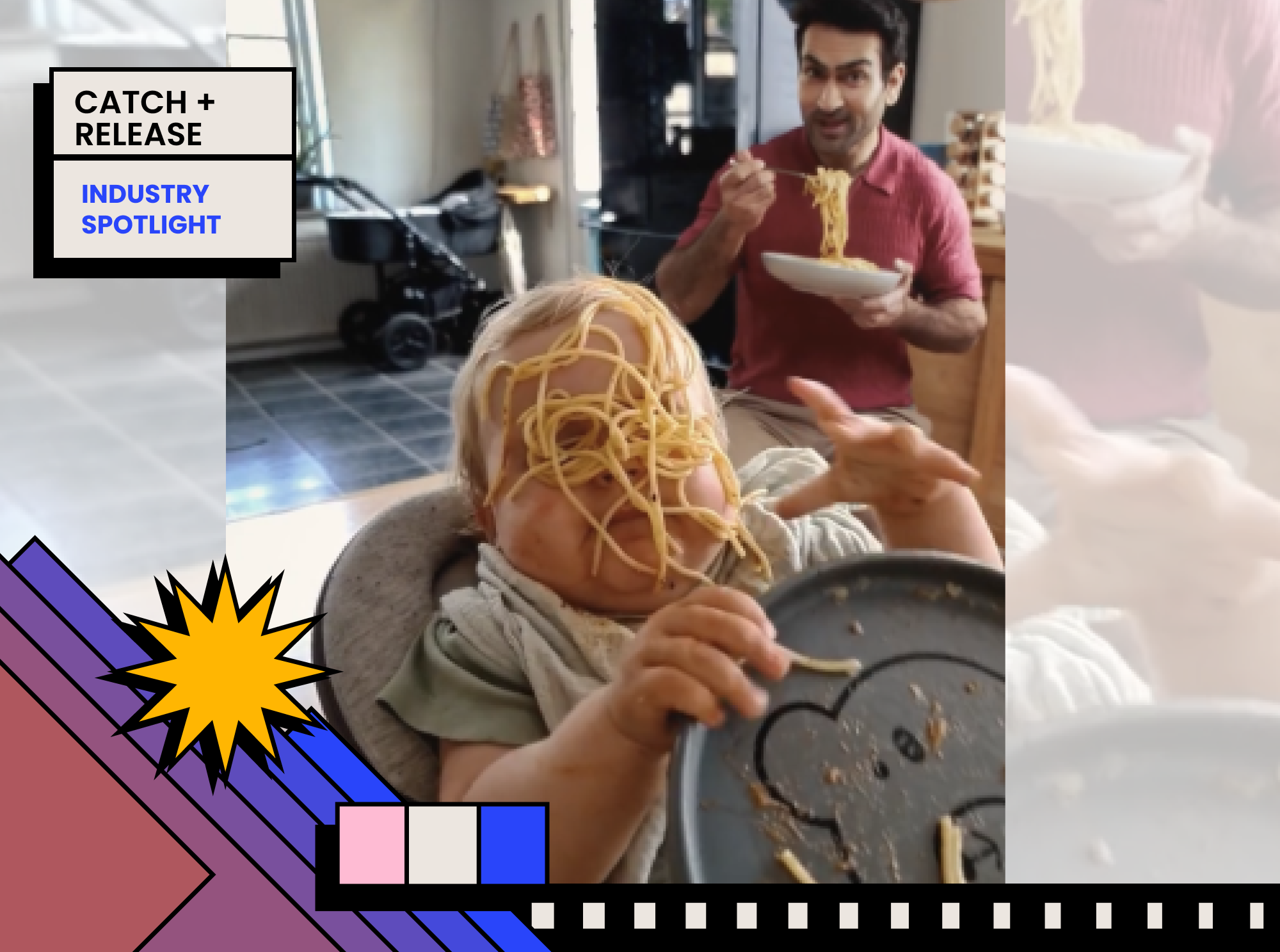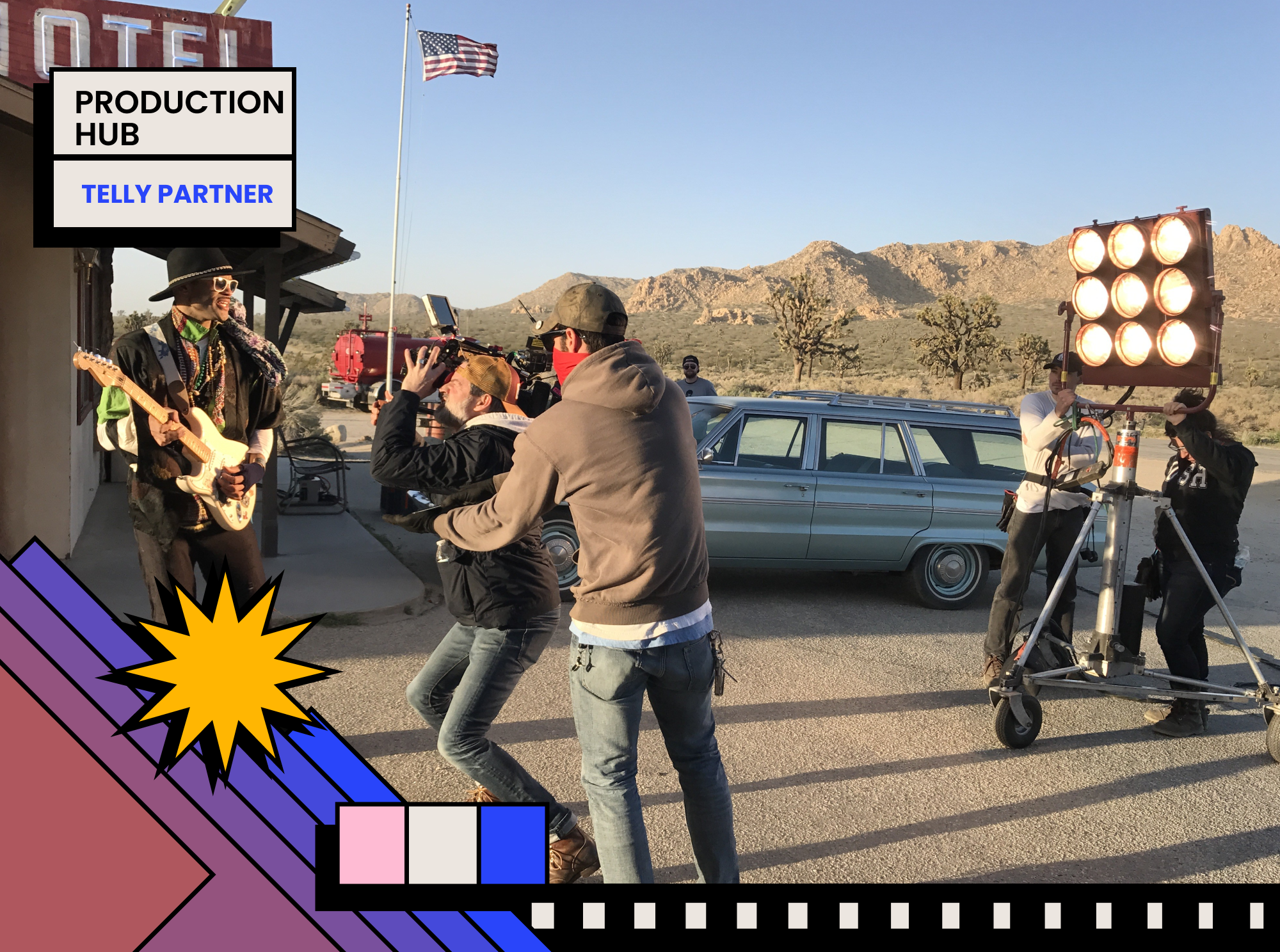Originally from San Juan, Puerto Rico, JP serves as Director of Social Video for National Geographic. For the past six years he worked as a producer, cinematographer and editor for National Geographic, producing content for their digital and social platforms as well as TV content. He received his BA, in international Affairs from George Washington University, MA in film production from American University and his JD from the Interamerican University of Puerto Rico School of Law.
As a legacy media company, how has Nat Geo been able to maintain and grow its audience across platforms?
At National Geographic we remain true to our mission and to our core content. This has been the key to our social and digital success. We are the top social media company in the world with over 350 million followers across our social and digital platforms, yet we are not a celebrity or a celebrity driven company—we are a mission driven company. When you analyze and understand that, you realize that the reason we have a massive social following is because people across the planet truly and passionately believe in what we do. That led all these millions of people to follow us online. Once you have a massive following like we do, the key is to continue to engage and evolve your content at the rapid pace that social and digital platforms require while making sure not to veer away from what brought those people to your brand in the first place.
We continue to push further, because that is what made us who we are. Our keen instinct for exploration is applicable to the way we produce video content for our social and digital platforms. While other companies were reactionary to social and digital platforms, Nat Geo embraced them from the get-go. Social and digital have become our primary ways to tell stories. These platforms combined with our first class storytelling and access allow people around the globe to not only experience the world from another perspective, but to actively find ways to be part of the changes we need in order to protect this planet.
How has the rise of social media platforms in recent years changed the way you think about making videos and reaching new audiences?
On a personal level, I truly believe that social and digital platforms have not only become the primary way people consume video content but also the primary way they can actively engage with your company’s mission. Gone are the days where social and digital video were an afterthought. They are now at the forefront of every content discussion we have as a company; they drive our audience development efforts and also our revenue discussions as well. In order to reach new audiences, you have to diversify your content offering while staying true to the brand. One of the things we do extremely well at Nat Geo is looking at data to inform our video production but not letting data drive it. If you become data obsessed, then your videos will quickly deteriorate and lose their appeal. In social and digital platforms data is important but it is also ephemeral, so basing everything on last month’s data can have devastating effects in the long run.
When you work on social and digital platforms you quickly realize that all platforms are not built the same. They have different audiences and different video consumption habits, and there are little intricacies to each one. This means our social and digital video teams have to be skill-diverse, they need to be nimble, they need to be fast, and they need to be detail oriented all while staying focused on the overall goal: to promote our mission and entertain our audience. At Nat Geo we we believe in the power of science, exploration, and storytelling to change the world. Our social and digital teams understand that social media is a powerful tool for video, it’s a powerful tool for conversation, and ultimately it’s a powerful tool for change.
Nat Geo has has a huge archive of content that you have refreshed and remixed for a digitally native audience. Why the push now into creating original premium content for these platforms?
Unfortunately, social and digital platforms got a reputation for being the place where low quality video would live and possibly shine. While there was no doubt that social platforms could drive traffic and help companies build their audiences, no real effort was put behind producing content specifically tailored for social platforms. At Nat Geo we saw it differently, we took advantage of our vast library of high quality footage and produced highly engaging and educational material for our audiences worldwide. The next natural step was to start producing digitally and socially native original series and content.
That’s where we are right now. We have invested significant resources and expanded our original content slate for our social and digital platforms. There is no doubt most people consume their Nat Geo content online, and we want them to know that online they will have a premium Nat Geo experience, not just repurposed material. Currently we have over 15 socially and digitally native original series in production or in development, and we are constantly developing and partnering with content creators to bring more of this premium experience to our online audience.
What sort of content have you seen perform better on certain networks?
At Nat Geo we produce content for and manage a significant number of social and digital platforms. For Facebook alone we have over 8 pages for different types of content and verticals. Each one of these platforms has their unique audience, and there’s a specific type of content that each audience enjoys. Some are obvious: Our Travel Facebook account features travel tips and our Adventure account highlights visceral adventure content. Others are strikingly different. Take our main Facebook account—its 42 million followers love to consume newsy, timely, and non-cinematic content. However, our Magazine Facebook account is quite the opposite. That audience likes slow, cinematic stories on people and cultures.
YouTube is a great place to host a diversity of content. There you have a more active and captivated audience. We use YouTube for most of our hosted content, 360 VR, documentary work, and experimental films.
How are you, as a team, able to produce such a large quantity of videos across your platforms?
I like to think this is possible because of the quality of filmmakers and producers we attract. They are passionate, dedicated, and extremely good at what they do. It’s also possible because of the diversity of workflows we have in place. Digital and social content is in constant flux, and our ability to be nimble and to work with diverse workflows allows us to produce an insane amount of videos at the quality that we want produce them in. Our team is not about sacrificing quality for quantity. If my staff was not at Nat Geo you would probably see them thriving as award-winning independent filmmakers. We give them a place to call home, a mission they believe in, and the resources to achieve it.
A lot of the success has, I assume, been around the way your audience engages with the videos (i.e. sharing and commenting). What have you learned about the sorts of videos that your audience engages with the most?
You don’t win the internet by being neutral. But you also don’t achieve worldwide credibility by sacrificing journalistic standards in the name of entertainment. Our team is extremely aware that Nat Geo has a worldwide audience because they trust us, and because we have built that reputation since our founding fathers established the Society in 1888. However, we also believe we are experts, and can speak on environmental, wildlife, and cultural topics. Our team’s goal is to inject our expertise into our video content—this in turn gets people to stop, think, and share.
How do you interact day to day with your colleagues who are producing longer form shows and other types of work?
I don’t have a private office, it is a creative and open space for people to come in and discuss ideas. It really feels like a madhouse. On a daily basis I will interact with all of my team, from senior producers to production coordinators. I encourage them to take the helm of their projects. I’ll question their decisions not with the intent of having them change the content to my specifications but rather to serve as devil’s advocate.
The team producing longer form shows are either out on the field or in a studio. Depending on my involvement on the series I will stop by, read scripts, go shoot with them in the jungle, and be involved at many levels. The end goal is to be aware of everything that’s going on but not to micromanage it. The internet is full of diversity and I encourage diverse voices and diverse approaches to how we produce our video content.

